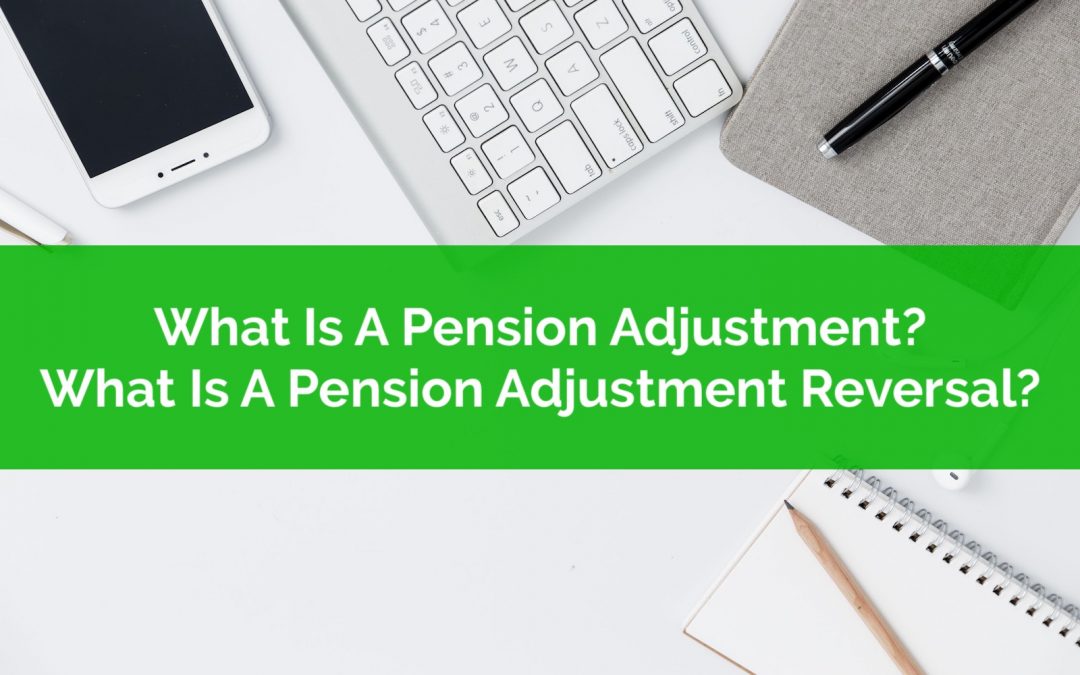
by Owen | May 11, 2020 | Budgeting, Financial Planning, Get Out Of Debt, Government Programs
Having the option to defer mortgage payments has been a great source of relief for many Canadians. The large banks introduced options to defer up to 6-months of mortgage payments. But what is the cost of mortgage deferral and how does your mortgage change in the future?
The option to defer mortgage payments has been incredibly helpful for those with reduced income or cash flow. It’s provided an enormous amount of relief. It’s even allowed some people to build up a small amount of emergency savings (a personal finance best practice).
But what is the cost of these reduced payments? How will interest be accrued? What options do you have to reduce this accrued interest in the future?
In this post we’re going to use our free debt calculator to estimate the cost of mortgage deferral. We’re going to explore how the deferral impacts both short-term and long-term finances. Plus we’ll look at how different repayment options may impact the total amount of interest paid and the length of time to mortgage freedom.

by Owen | May 4, 2020 | Retirement Planning, Tax Planning
What is a pension adjustment? What is a pension adjusted reversal? If you’ve recently done your taxes or received your notice of assessment you may be wondering what these terms mean. You may have noticed large amounts of money being attributed to these items. You also may have noticed that they affect your available RRSP contribution room.
Anyone with a registered pension plan (RPP) or deferred profit sharing plan (DPSP) will notice that they’re receiving a pension adjustment.
The purpose of the pension adjustment is simple, it’s meant to equalize registered assets between those with employer sponsored pensions and those without. It reduces RRSP contribution room for those who receive (or will receive) benefits from a pension plan or deferred profit sharing plan.
The maximum anyone can put into their RRSP is 18% of previous years earned income up to the annual max. The pension adjustment reduces this new RRSP contribution room, sometimes to nearly nothing, in an attempt to make things more fair. The idea is that the maximum that can be put into registered savings (either pension, DPSP or RRSP) should be fair for everyone.
To do this effectively we need the pension adjustment (PA) and when people leave a pension or deferred profit sharing plan we need a pension adjustment reversal (PAR) (more on that later).

by Owen | Apr 6, 2020 | Budgeting, Financial Planning, RESP/Kids Education
Starting a family is probably one of the most complex periods in a person’s financial life. There are changes to income, expenses, insurance, investments (RESPs) etc.
Anticipating and managing all these changes can be overwhelming. It’s good to have a framework to help understand what changes you can expect and how large they may be.
It’s also a good idea to prepare yourself financially for all these big changes. There are a few things you can do to prepare your finances for a decrease in income and an increase in expenses.
Generally you can separate the financial changes when starting a family into six different areas.
There are changes to…
– Income
– One-time expenses
– On-going expenses
– Insurance
– Investments
– Taxes and Gov. Benefits
In each of these areas there are different financial impacts that come with starting a family. Some of these impacts are positive and some are negative.
For example when it comes to Income, most new parents can expect to receive the Canada Child Benefit, one of the most generous benefits in Canada. This government benefit could add thousands to a new parents annual income (plus its non-taxable!) But at the same time a new parent may take 12-18 months off work which has a very negative impact on Income.
There are also many new expenses a new parent will face. There are one-time expenses, on-going expenses and then short lived but high cost expenses like daycare.
To help a new parent plan all these changes we need to look at each area separately to understand what changes we might expect.

by Owen | Mar 30, 2020 | Behavioral Finance, Financial Planning, Investment Planning, Retirement Planning
With investments values moving up and down 5% to 10% per day this investment volatility can feel like a roller coaster both financially and emotionally. If you’ve been watching your investment portfolio day-to-day you may be feeling a bit nauseated by now.
Thankfully there is a fool proof way to manage this investment volatility, just don’t look.
Not looking at your investment portfolio is simpler said then done of course, but it’s the best way to manage investment volatility.
It’s been proven that we put more weight on negative experiences than positive experiences. We feel the impact of negatives more than we feel positives.
Even when they’re the same size, a loss feels worse than a gain. Losing $50 feels worse than gaining $50.
So with markets jumping up and down 5-10% per day this can lead to some VERY negative emotions. The positives just don’t out weight the negatives and we end up feeling worse and worse with each rise and fall.
But not looking at your investment portfolio can be surprisingly hard to do. So what can the average investor do to help themselves feel better during a market correction? What strategies can they use to avoid looking at their investment portfolio? What routines can they implement?
This post looks at a few different ways to help you manage the emotional impact of investment volatility.

by Owen | Mar 16, 2020 | Behavioral Finance, Budgeting, Emergency Fund, Financial Planning, Income, Investment Planning, Retirement Planning, Saving Money
They say the best time to plant a tree was 20-years ago but the second best time is now.
The same goes for financial planning. The best time to build a plan is before a crisis/recession/depression but the second best time is today. A good financial plan will help ensure that you’re prepared for a recession or financial emergency.
Having a financial plan provides an incredible amount of peace of mind. A good financial plan will already have anticipated a scenario like this and will ensure you’re still successful. It will highlight how to prepare for a recession and what changes you need to make to ensure you are successful over the long-term.
There are a few best practices that can help improve the ‘robustness’ of a financial plan. These are practices you can start using right away, even if they weren’t previously part of your plan.
Some of these best practices focus on behavior. They help manage your financial routine during emotional periods like this. Some focus on flexibility. They ensure that you have room in your plan to absorb the unexpected, whether that be changes in income, changes in expenses, or changes in investment returns.
It doesn’t matter if you’re in retirement, starting a family, or just starting to save and invest, there are a number of ways that you can prepare for a recession that will help you feel better about your finances and your long-term plan.
This post will touch on many of these best practices. These are best practices that we’ve covered in previous posts, so we’ll cover the basics here and link to past posts for more detail.

by Owen | Feb 17, 2020 | Financial Planning, Investment Planning, RESP/Kids Education
Congratulations! You’re starting a family or have already started a family and through all the craziness of raising children you’re also thinking about setting up an RESP. That’s fantastic!
As a new parent you now get access to a special tax advantaged account called the RESP and it comes with some special features that all parents should take advantage of.
As the name implies, the Registered Education Savings Plan (RESP) is meant to help parents (or relatives) save for a child’s post-secondary education.
There are a few benefits to the RESP that make it attractive to parents. One is that investments inside the RESP are able to grow tax free. The second is that contributions receive a matching grant of up to 20% or $500 per year, whichever is lower. Plus there are even extra grants and learning bonds available for lower income families.
But with all the attractive features of an RESP there are also some restrictions. These restrictions can sometimes be worrisome for parents and cause them to avoid setting up an RESP for their children. In this post we’ll explain what an RESP is, what you’ll need to set one up, some of the terminology you’ll encounter, and finally how to withdraw from your RESP in the future.
Page 18 of 27«...1617181920...»






